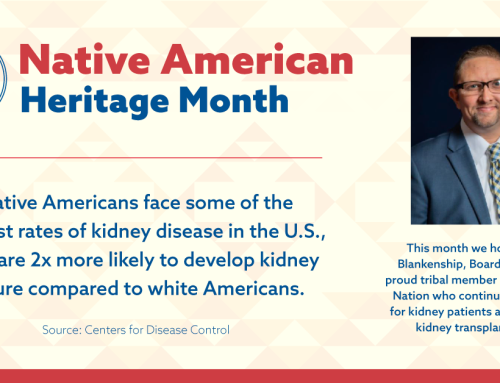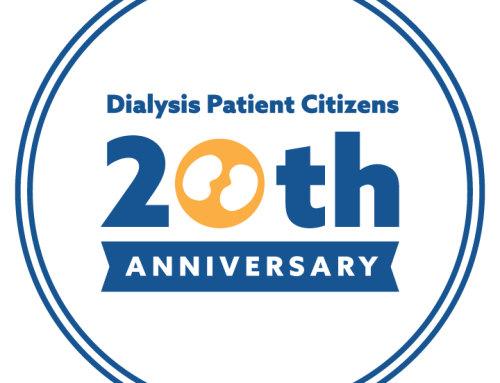The Center for Medicare & Medicaid Services (CMS) has an ongoing quality incentive program, the first of its kind, for End Stage Renal Disease (ESRD) care. The quality incentive program, or QIP, is intended to improve the care provided to ESRD patients by paying dialysis facilities based on the quality of care they deliver. If a facility fails to meet certain performance standards, they may receive a lower performance score, which results in lower payments to the facility.
Each July, CMS releases a proposed rule with changes they suggest for the following year’s ESRD QIP. This rule is published online and accepts public comments for 60 days to allow patients, healthcare professionals, and groups like DPC to contribute to the development of the final rule. Performance measures change yearly but have included topics such as: anemia management, infections, dialysis adequacy and the patient experience of care.
The information gained by the performance evaluations are publicly available in a few different ways. Each facility receives a poster showing how they compared to the rest of the facilities in the nation. This poster should be displayed for patients and their families to see. Additionally, CMS provides this information online through a Dialysis Facility Compare tool. This tool allows users to view graphs and tables that show general information, best treatment practices as well as hospitalization and mortality rates for up to three facilities at a time.
It is important for patients and families to be aware of these measures when choosing a dialysis facility. This information in conjunction with recommendations from your nephrologist or primary care physician will ensure you or your family member receive the best care possible.





























